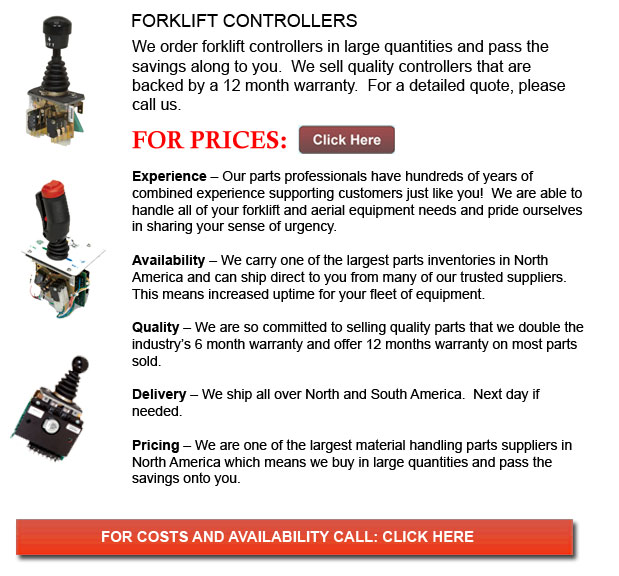
Forklift Controller - Forklifts are available in several load capacities and various models. Most forklifts in a standard warehouse setting have load capacities between one to five tons. Bigger scale units are utilized for heavier loads, such as loading shipping containers, may have up to fifty tons lift capacity.
The operator can make use of a control so as to raise and lower the blades, that may likewise be known as "tines or blades". The operator of the lift truck has the ability to tilt the mast to be able to compensate for a heavy loads tendency to tilt the tines downward. Tilt provides an ability to function on uneven ground also. There are yearly contests for skilled lift truck operators to contend in timed challenges and obstacle courses at local forklift rodeo events.
Lift trucks are safety rated for loads at a specific maximum weight as well as a specified forward center of gravity. This very important information is provided by the manufacturer and positioned on a nameplate. It is essential cargo do not go over these details. It is prohibited in a lot of jurisdictions to interfere with or take out the nameplate without obtaining consent from the lift truck maker.
Nearly all lift trucks have rear-wheel steering in order to increase maneuverability. This is very effective within confined areas and tight cornering spaces. This particular kind of steering differs rather a little from a driver's first experience along with various vehicles. Since there is no caster action while steering, it is no needed to use steering force in order to maintain a continuous rate of turn.
Another unique characteristic common with lift truck operation is unsteadiness. A constant change in center of gravity occurs between the load and the lift truck and they need to be considered a unit during use. A lift truck with a raised load has gravitational and centrifugal forces which could converge to result in a disastrous tipping mishap. So as to avoid this possibility, a forklift should never negotiate a turn at speed with its load elevated.
Lift trucks are carefully designed with a load limit meant for the blades. This limit is lowered with undercutting of the load, that means the load does not butt against the fork "L," and likewise lessens with fork elevation. Usually, a loading plate to consult for loading reference is placed on the forklift. It is dangerous to utilize a forklift as a worker lift without first fitting it with certain safety tools like for instance a "cage" or "cherry picker."
Lift truck utilize in warehouse and distribution centers
Vital for whatever distribution center or warehouse, the forklift needs to have a safe surroundings in which to accommodate their efficient and safe movement. With Drive-In/Drive-Thru Racking, a forklift has to go in a storage bay that is multiple pallet positions deep to put down or obtain a pallet. Operators are normally guided into the bay through rails on the floor and the pallet is located on cantilevered arms or rails. These confined manoeuvres need expert operators so as to do the task safely and efficiently. As each pallet needs the truck to go in the storage structure, damage done here is more frequent than with other types of storage. Whenever designing a drive-in system, considering the measurements of the fork truck, along with overall width and mast width, have to be well thought out so as to ensure all aspects of an effective and safe storage facility.
![]() Click to Download the pdf
Click to Download the pdf
Forklift Parts
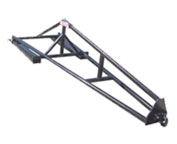
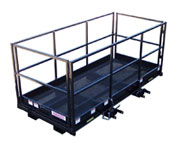
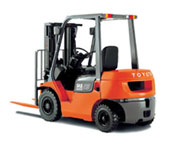
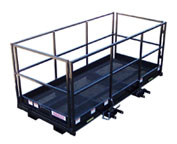
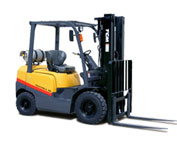
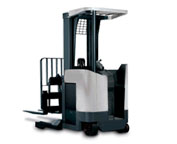
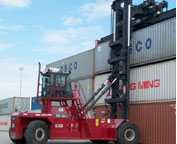

Lift Parts Express
TOLL FREE: 1-888-695-7994
LOCAL: 424-201-0273
21143 HAWTHORNE BLVD 280
Torrance, California
forkliftpartstorrance.com
Email Us
About Us


